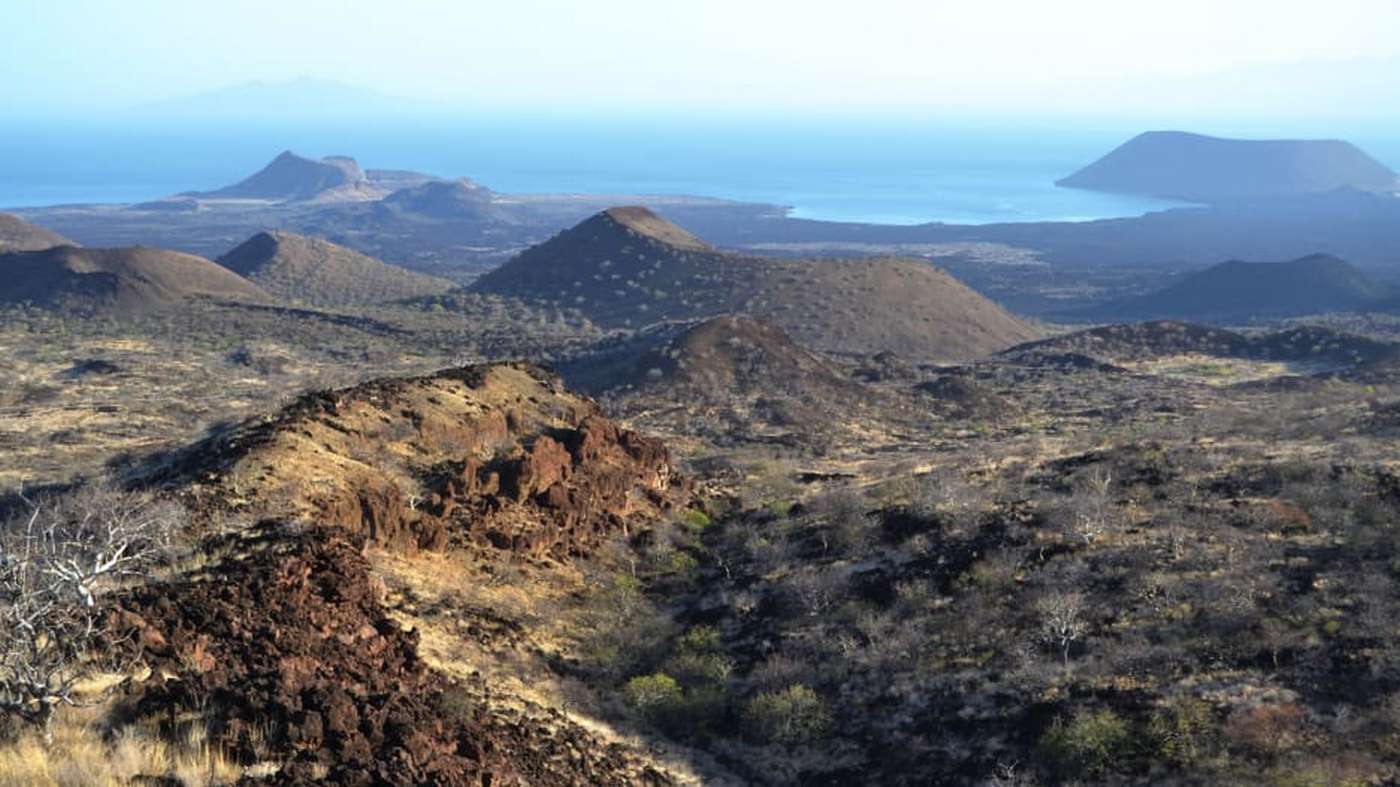Company Unveils Designer Hypercar that Runs on Fuel Made from Plastic
The men pedigree behind the Lamborghini Countach are putting their designs over an engine that runs on converted plastic waste.

A startup in Kenya is growing minerals by capturing CO2 from the air and storing it deep underground in volcanic basalt.
Far from the fertile grasslands of Tsavo or Amboseli national parks, northern Kenya is a more barren land owing to its volcanic past. When the basalt rock 1,300 feet underground comes into contact with CO2-for instance when it's pulled from the atmosphere, a chain reaction occurs that could kick start a continental climate revolution.
Cella Mineral Storage is a startup that's partnering with Kenya's flourishing geothermal energy sector to offer a zero-emissions permanent carbon sequestration solution. They're planning to attach a facility that pulls CO2 from the air and deposits it underground where the geothermal plant is drilling to generate electricity.
Owing to poor access to electricity and unreliable grids, Africa is the furthest along to becoming a climate-neutral continent.
Kenya however is uniquely positioned to take advantage of solar, wind, and most importantly, geothermal energy sources. The government hopes to become the continent's largest exporter of carbon credits-a digital asset that represents an investment in carbon capture programs to offset the emissions from a particular company's operations.
"When you're thinking about large-scale carbon removal, it makes the most sense in a place where there's a ton of renewables," Claire Nelson, CEO of Cella Mineral Storage, told Fast Company.
CHECK OUT: This Startup Uses Volcanic Rock Dust to Capture Carbon on Farms
Roughly half of Kenya's electricity needs are met with geothermal, and renewables in total supply 92% of the current use demand for power. There's so much geothermal electricity going around that in fact there's a surplus so large it could power 20 large carbon capture stations.
Currently Cella has not given estimates on how much carbon dioxide these capture stations would indeed capture, but looking at similar installations can give clues.
In June WS reported on Tata Chemicals' large carbon capture plant, which captures 40,000 metric tons of carbon dioxide each year-the equivalent to taking over 20,000 cars off the roads. Another large project in Iceland, which will use the exact same set up and methods as Cella will in Kenya, captures 4,000 tons per year.
If the Iceland plant is so similar, a fact Fast Company added in its own report on Cella's work, then at 20x capacity their stations in northern Kenya would be capturing 80,000 tons of carbon dioxide each year.
SHARE This African Innovation With Your Climate Concerned Friends…
Be the first to comment